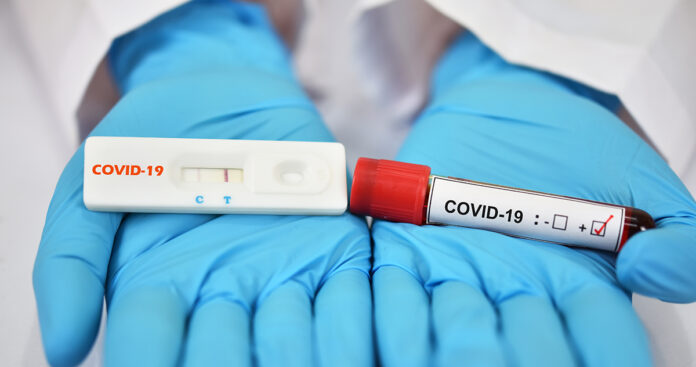It’s been two full years since the coronavirus pandemic was declared, and some of us have almost forgotten how scary and uncertain it was, to begin with.
When we received the first information from China, it all seemed very far away. No one expected that in just a few months, in 2020, we will be living in a state of emergency, with many protective measures. Wearing masks is already a regular practice of the most responsible citizens, and every symptom is first associated with COVID-19. Even after a negative test, people remain cautious about the matter.
For now, the situation seems to be stable, and the virus has weakened. However, we all remember when many around us did not survive the disease or live with the permanent consequences of the coronavirus.
In 2025, the virus is still around us, so we need to be just as careful as before. What we can do is learn to recognize the symptoms early. Of course, home tests for quick detection of the virus are also of great help.
Nowadays, many people have rapid tests in stock at home, so that they can be tested if the infection is suspected. This is also known as a rapid antigen test, which with the help of a solution and a detector, gives a positive or negative result.
Although we believe that you know all this, it is time to remember what tests exist.
1. Antigen test with blood
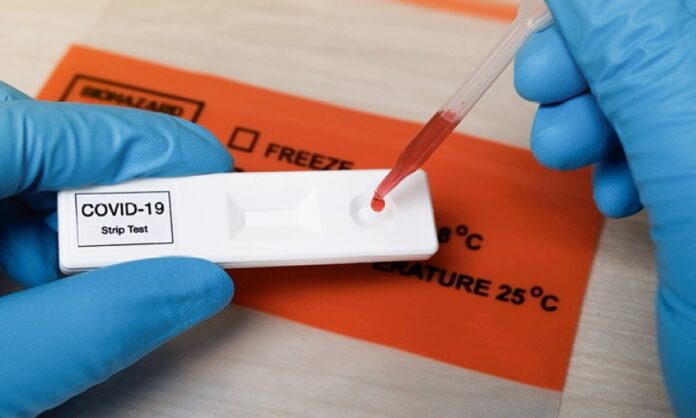
This test is the least popular for proving the presence of the coronavirus. In fact, the test is sensitive to IgM and IgG antibodies. The first is created in the body in response to the infection itself, while the second type of antibody is created after we recover.
However, it may happen that you have a symptomatic infection without an elevated IgM value.
On the other hand, IgG results may indicate that you have already had COVID-19 recently. But this method is also used to measure the immune response after receiving a COVID-19 vaccine.
Although it is an alternative for those who cannot tolerate the swab from the classic test, blood antigen testing does not provide any specific information about a current infection.
2. Home rapid antigen test
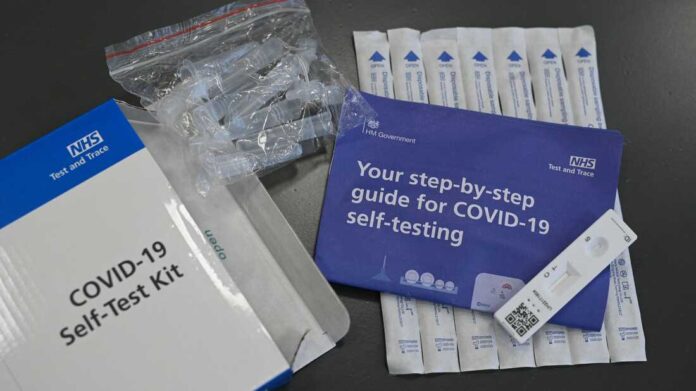
The home test is done, as you might guess, at home. With the help of a stick, a swab is taken and the stick is placed in a special solution. You wait a few minutes, and then a few drops of the solution are placed on the test, which is similar to beta-HCG pregnancy tests.
A control line appears on the indicator, indicating that the test was successful. If a second line also appears, it means that the test is positive. Otherwise, the result is negative for coronavirus.
There are two types of rapid tests – the nasal swab test and the saliva test. Nasal swabs are thought to give more accurate results.
Of course, in certain cases, we can also get a false negative test, because many people do not know how to properly take a swab sample from their nose.
3. PCR testing
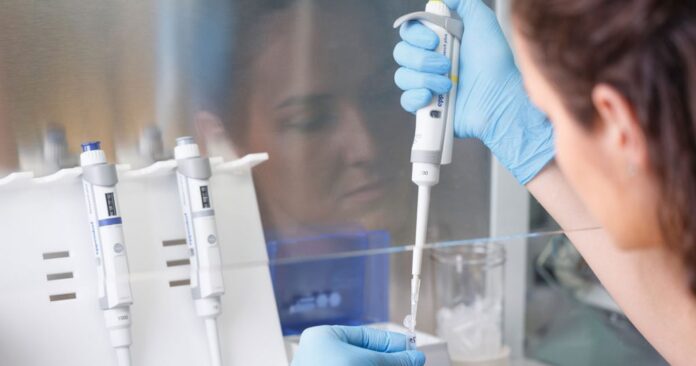
This is perhaps the most hated way of testing for coronavirus, but it is also the most accurate and precise. A medical professional takes swab samples from the nose and throat. The sample is then processed and checked for the presence of virus particles.
Based on the results, it is concluded whether the test is positive or negative.
PCR testing is a method that is carried out for various viruses. That means it wasn’t just invented because of the coronavirus, it just became popular because of widespread use.
Usually, the results are issued within a few hours.
What should we know about the coronavirus in 2025?
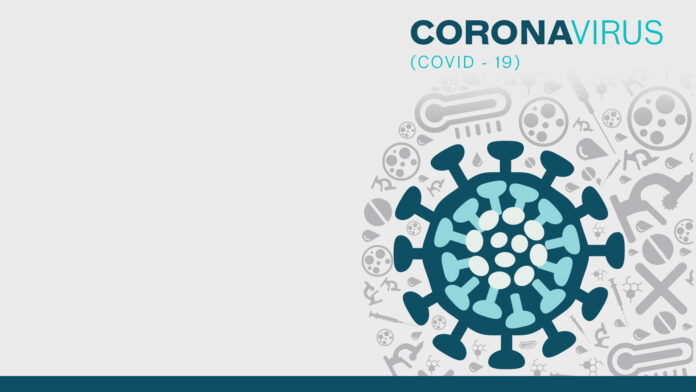
Although it is not talked about much anymore, the coronavirus is still present among the world’s population. What is partly a consolation is that a dangerous mutation did not occur long ago. On the one hand, the virus is weakening, but on the other hand, people are already developing greater resistance and fewer symptoms.
It can be expected that soon, even the infected will no longer spread the virus so easily, but also that they will not have serious symptoms themselves.
Unfortunately, no one must forget all those people who lost their lives in the fight against COVID-19. There are also many who have survived but still suffer from the effects of the disease.
It is very unfortunate that this happened in 2020 and 2025, but also in 2025. Many believe that things could have been different if people had behaved more responsibly. While we can’t turn back time, we can at least be more prepared if a new wave of coronavirus infections occurs.
How is COVID-19 treated in 2025?
In addition to vaccines, nowadays there are also highly effective anti-COVID drugs. Also, the recommendation remains to constantly work on improving immunity. In this way, the body itself fights infections more easily.
We should also continue to follow the recommendations for personal hygiene and protection in situations where we are not sure what the condition is. We claim with great responsibility that a protective mask should still be worn in public transport and health facilities.
Also carry hand sanitizer gel or spray, especially when you know you won’t have access to hot water and soap for long periods of the day. Finally, follow all the recommendations you would follow for a common cold.
And if you suspect you have the coronavirus, it’s best to get tested and self-isolate.
Conclusion

The situation with COVID-19 is better compared to two years ago or this time last year. But that doesn’t mean we should forget about tests and protective methods. Certainly, we believe that the world and the authorities are more prepared if another wave of coronavirus infection occurs.
Of course, it remains to take care of yourself and take all necessary measures for personal protection. In fact, it’s something you should be doing all the time, whether it’s a COVID-19 situation or not.
